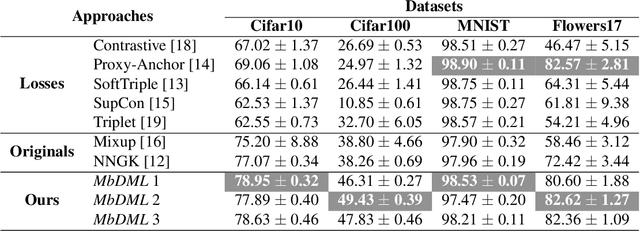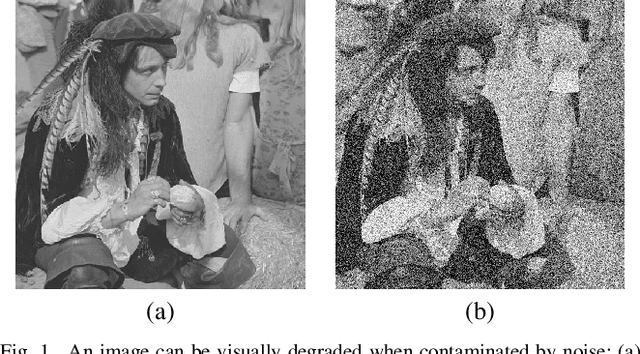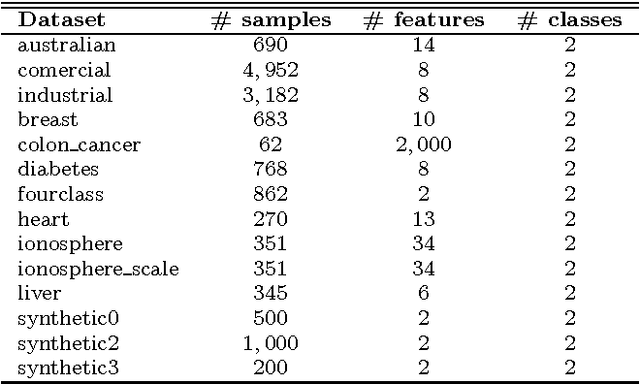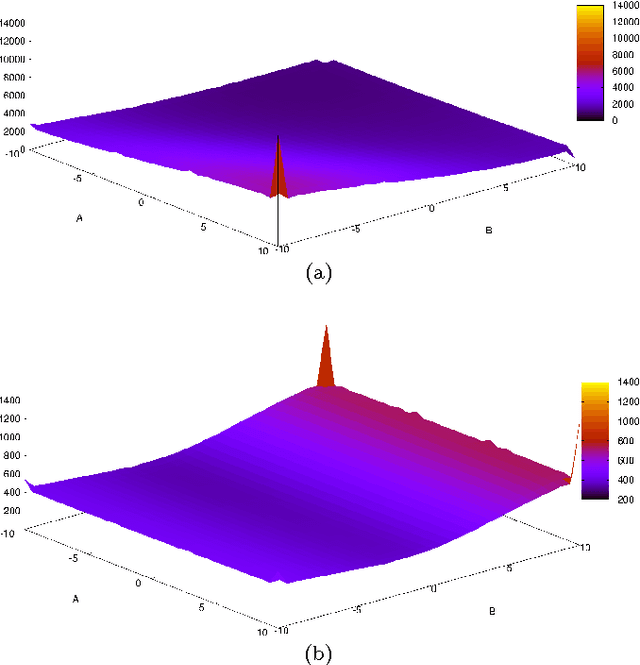Joao P. Papa
Mixup-based Deep Metric Learning Approaches for Incomplete Supervision
Apr 28, 2022



Abstract:Deep learning architectures have achieved promising results in different areas (e.g., medicine, agriculture, and security). However, using those powerful techniques in many real applications becomes challenging due to the large labeled collections required during training. Several works have pursued solutions to overcome it by proposing strategies that can learn more for less, e.g., weakly and semi-supervised learning approaches. As these approaches do not usually address memorization and sensitivity to adversarial examples, this paper presents three deep metric learning approaches combined with Mixup for incomplete-supervision scenarios. We show that some state-of-the-art approaches in metric learning might not work well in such scenarios. Moreover, the proposed approaches outperform most of them in different datasets.
Image Denoising using Attention-Residual Convolutional Neural Networks
Jan 19, 2021



Abstract:During the image acquisition process, noise is usually added to the data mainly due to physical limitations of the acquisition sensor, and also regarding imprecisions during the data transmission and manipulation. In that sense, the resultant image needs to be processed to attenuate its noise without losing details. Non-learning-based strategies such as filter-based and noise prior modeling have been adopted to solve the image denoising problem. Nowadays, learning-based denoising techniques showed to be much more effective and flexible approaches, such as Residual Convolutional Neural Networks. Here, we propose a new learning-based non-blind denoising technique named Attention Residual Convolutional Neural Network (ARCNN), and its extension to blind denoising named Flexible Attention Residual Convolutional Neural Network (FARCNN). The proposed methods try to learn the underlying noise expectation using an Attention-Residual mechanism. Experiments on public datasets corrupted by different levels of Gaussian and Poisson noise support the effectiveness of the proposed approaches against some state-of-the-art image denoising methods. ARCNN achieved an overall average PSNR results of around 0.44dB and 0.96dB for Gaussian and Poisson denoising, respectively FARCNN presented very consistent results, even with slightly worsen performance compared to ARCNN.
A Probabilistic Optimum-Path Forest Classifier for Binary Classification Problems
Sep 04, 2016



Abstract:Probabilistic-driven classification techniques extend the role of traditional approaches that output labels (usually integer numbers) only. Such techniques are more fruitful when dealing with problems where one is not interested in recognition/identification only, but also into monitoring the behavior of consumers and/or machines, for instance. Therefore, by means of probability estimates, one can take decisions to work better in a number of scenarios. In this paper, we propose a probabilistic-based Optimum Path Forest (OPF) classifier to handle with binary classification problems, and we show it can be more accurate than naive OPF in a number of datasets. In addition to being just more accurate or not, probabilistic OPF turns to be another useful tool to the scientific community.
 Add to Chrome
Add to Chrome Add to Firefox
Add to Firefox Add to Edge
Add to Edge